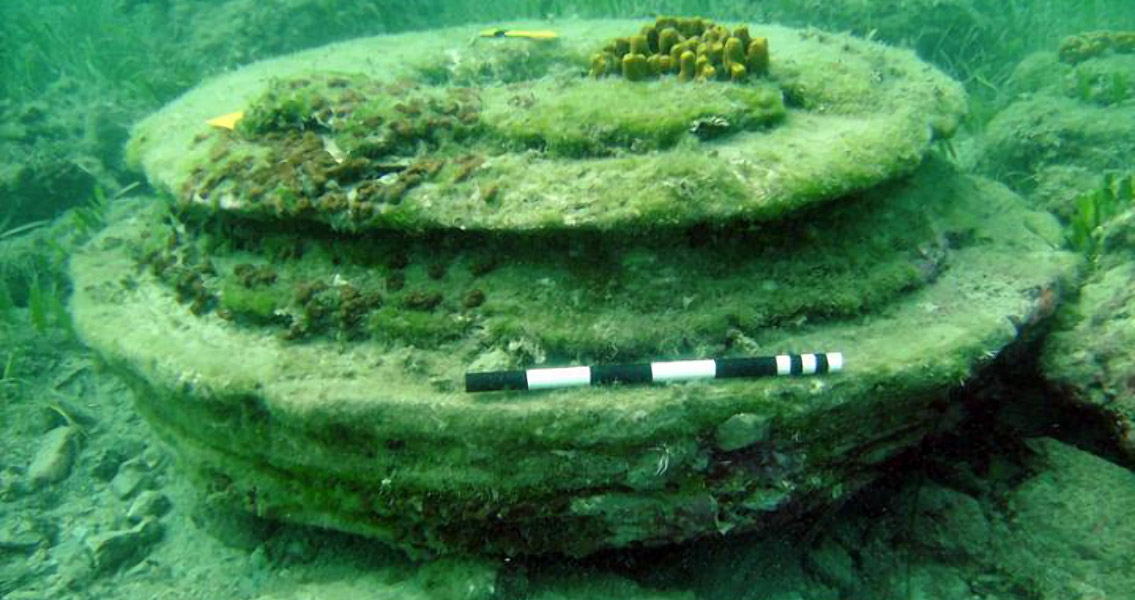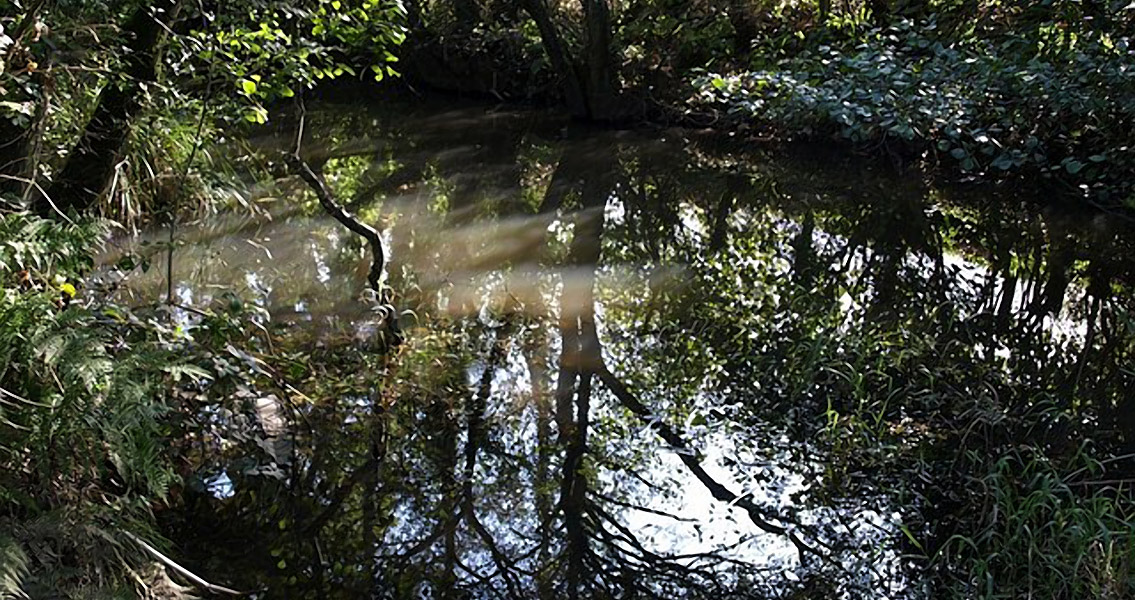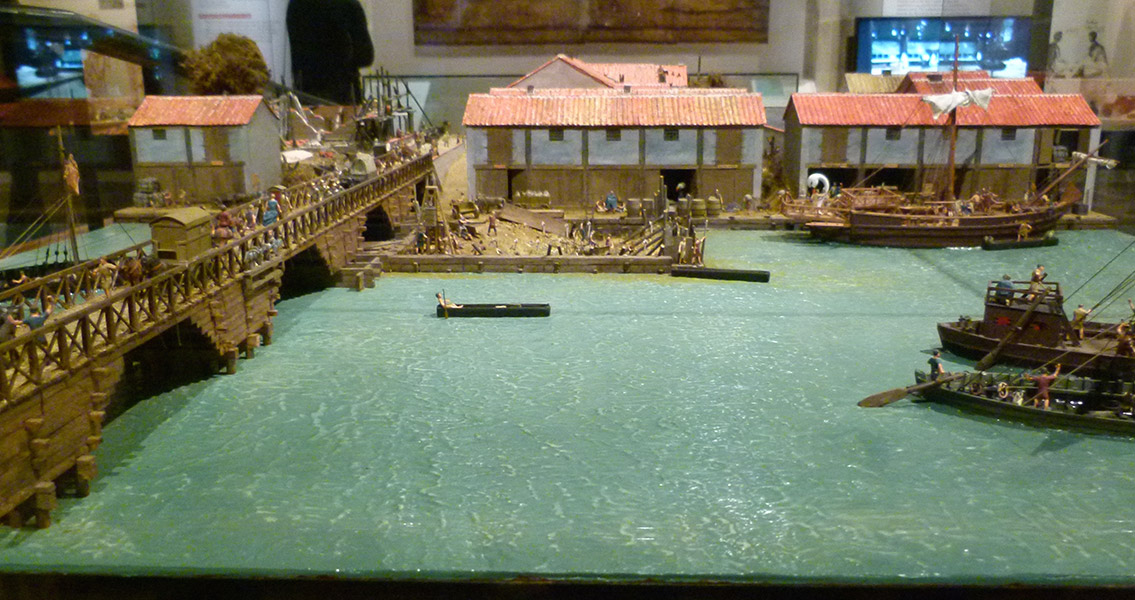Ancient Origins in 2014. Tellingly, no other signs of life, such as surface pottery, have since been found at the site, and the mystery of the supposed architectural remains continued. Published in the Journal of Marine and Petroleum Geology, the joint research study by the University of East Anglia (UK) and the University of Athens (Greece), claims that the site was in fact created by a natural geological phenomenon in the Pliocene era, five million years ago. “We investigated the site, which is between two and five meters under water, and found that it is actually a natural geologically occurring phenomenon.” said Professor Julian Andrews, lead author of the study from UEA, in a press release. “The disk and doughnut morphology, which looked a bit like circular column bases, is typical of mineralization at hydrocarbon seeps – seen both in modern seafloor and palaeo settings.” The Ephorate of Underwater Antiquities of Greece launched the latest investigation of the site. Archaeologist Magda Athanasoula and diver Petros Tsampourakis studied the submerged remains, along with Prof Michael Stamatakis from the Department of Geology and Geoenvironment at the University of Athens. A combined research team was then composed of UEA and UoA staff, which analysed the mineral content and texture of the formation using microscopy, X-ray and stable isotope techniques. “We found that the linear distribution of these doughnut shaped concretions is likely the result of a sub-surface fault which has not fully ruptured the surface of the sea bed. The fault allowed gases, particularly methane, to escape from depth.” explained Prof. Andrews. “Microbes in the sediment use the carbon in methane as fuel. Microbe-driven oxidation of the methane then changes the chemistry of the sediment forming a kind of natural cement, known to geologists as concretion. “In this case the cement was an unusual mineral called dolomite which rarely forms in seawater, but can be quite common in microbe-rich sediments.” Andrews continued. “These concretions were then exhumed by erosion to be exposed on the seabed today.” It is rare for the phenomenon to occur in such shallow waters – the site is between just two and six meters below the surface – meaning although not the location of some mysterious lost city, the site is still remarkable. Andrews explained that the process which led to the formation is in fact similar to the effects of fracking, but significantly slower. ]]>







